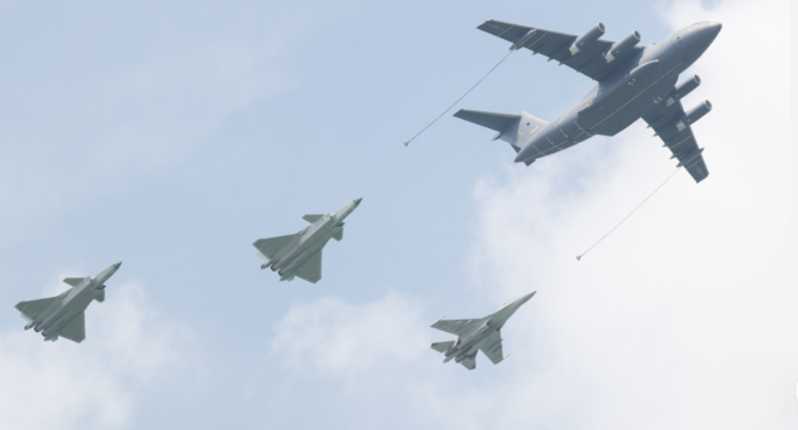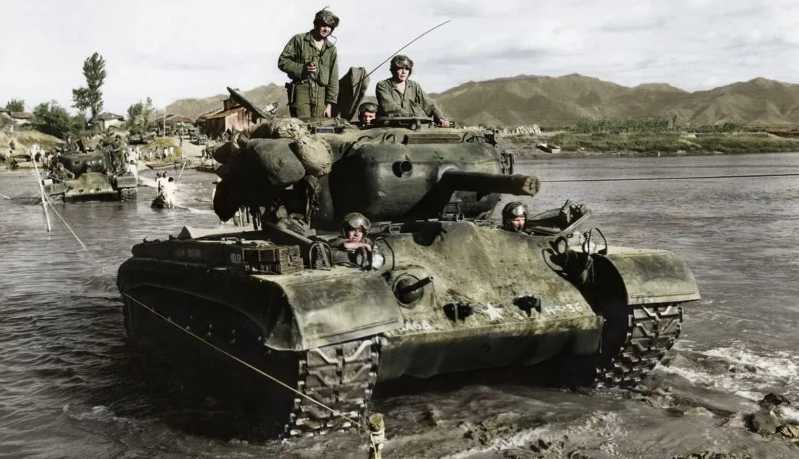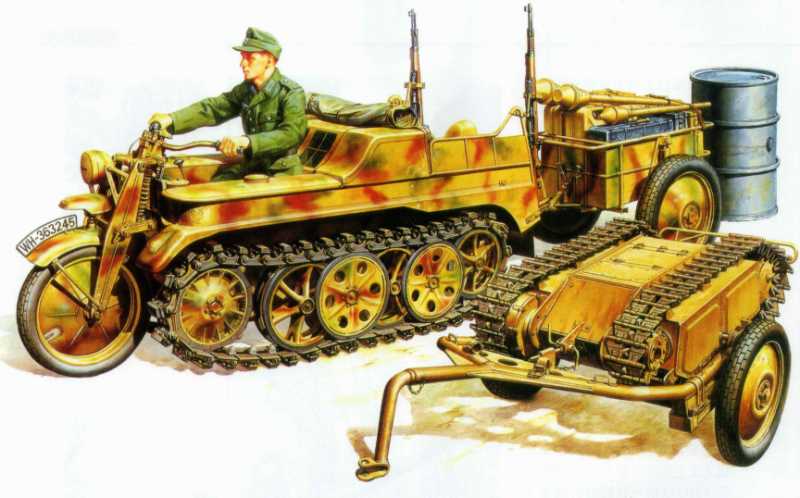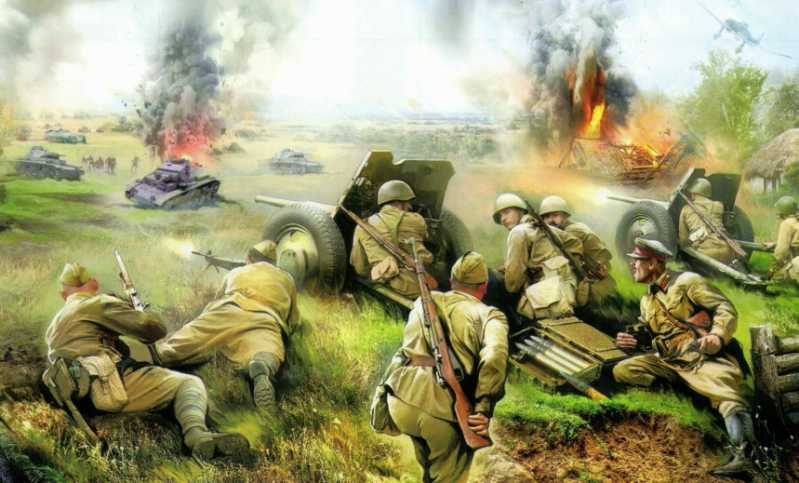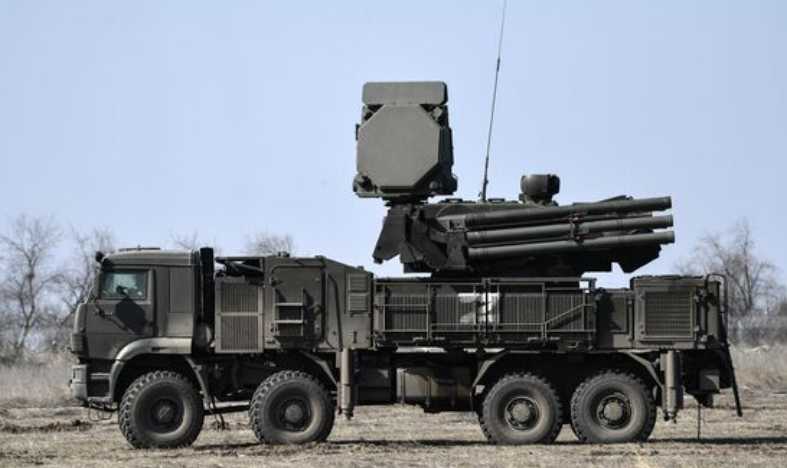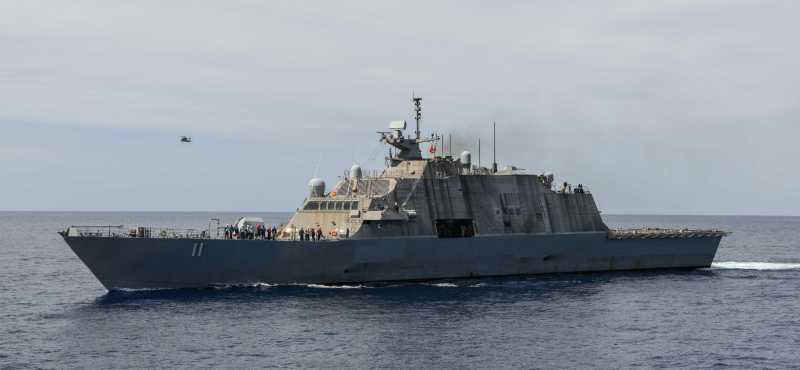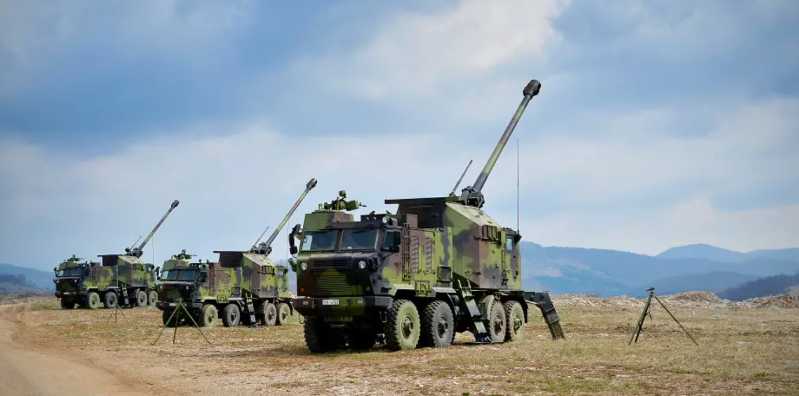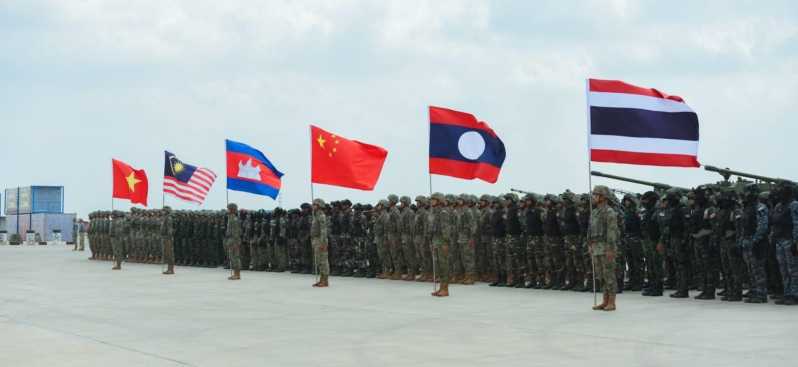On February 6, 2024, the CCTV Military column of China Central Radio and Television Station publicly reported for the first time that "the J-20 has achieved multiple aerial refueling" and wrote: Aerial refueling training is like "threading a needle" in the air, and is a recognized high-difficulty subject. The pilots of the Air Force’s "Wang Hai Squadron" have been constantly exploring and studying hard. From one aerial refueling to multiple aerial refueling, the pilots have been constantly challenging their physiological and psychological limits, and the J-20’s continuous air control combat time has been constantly refreshed. Today, the aerial refueling model summarized by the "Wang Hai Squadron" has been promoted in brother units. This good news is undoubtedly the "best New Year’s gift" for military enthusiasts during the Lunar New Year. So, how important is the J-20’s "multiple aerial refueling"? What are the important meanings behind it? This article will give you a brief analysis.
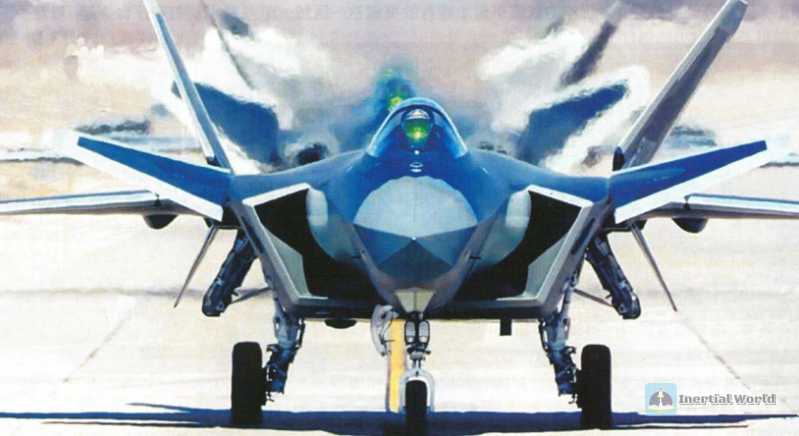
Why does the J-20 need multiple aerial refueling?
Multiple aerial refueling usually refers to an action in which military aircraft, especially fighters and bombers, provide multiple refueling operations on the route in order to achieve ultra-long-distance flights far beyond the maximum range of the aircraft itself, especially intercontinental flight missions. For example, in July 2023, four F-35A fighters of the 335th Fighter Squadron of the US Air Force flew from Eielson Air Force Base in Alaska, the United States, to the frontier of the Asia-Pacific region for deployment. After passing through Iwakuni Air Force Base in Japan, they did not land and transferred to other fighters before flying to Kadena Air Force Base in Okinawa, the first island chain. During the flight of about 6,000 kilometers, the four fighters conducted 13 aerial refuelings, with a total flight time of 10 hours. As we all know, the F-35A is not a fighter known for its long-range performance. Its maximum range is only 2,200 kilometers, and it can only achieve such a long range after multiple aerial refueling. The U.S. military office also commented: "This long-distance voyage completed a historic endurance mission and verified the U.S. Air Force’s ability to project air power on time and accurately at long distances." The U.S. Air Force is an air force deployed globally for global operations. It often deploys combat aircraft to various bases around the world. It has a very large demand for intercontinental long-distance voyages. It is also the world’s leader in multiple aerial refueling and the air force with the most, most skilled, and most experienced practices in multiple aerial refueling. Our PLA Air Force is not a globally deployed and globally delivered combat force like the U.S. Air Force, so why do we also need to have multiple aerial refueling capabilities? This is mainly due to combat needs.
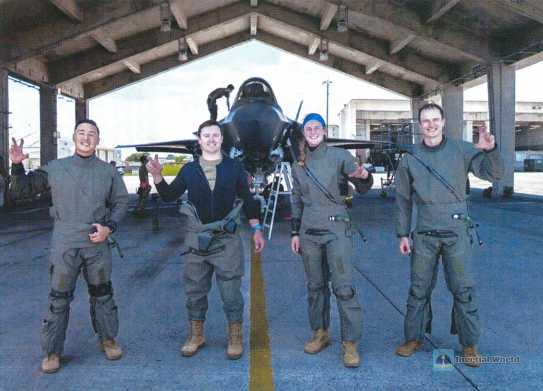
In recent years, the United States has implemented the so-called "Indo-Pacific strategy", tilting and deploying naval and air force forces to the Asia-Pacific region, forming a trend of containment against China. US military aircraft and warships frequently operate in the Taiwan Strait and the South China Sea. At the same time, many US leaders, including US President Biden, have publicly stated that they will intervene militarily in the Taiwan Strait issue. In particular, in order to respond to the so-called "denial and anti-intervention strategy" named by China, the United States has proposed the concept of "penetrating air control". The core task of air defense is to break through the opponent’s strict system, penetrate into its homeland, and carry out effective reconnaissance and effective strikes in the high-end military confrontation between major powers facing 2030. In particular, the United States believes that China has currently formed a denial and anti-intervention defense belt with a width of about 2,000 kilometers in the west coast of the Pacific Ocean. The US Air Force must use high-stealth performance and long-range aviation platforms to effectively break through this area. The US military is currently developing and manufacturing long-range stealth penetration platforms such as the B-21 stealth bomber, and developing variable cycle aircraft engines for the F-35 modification, attempting to launch attacks from a longer distance, evade our military’s long-range missiles, long-range detection systems and combat systems, and achieve the so-called "penetrating air control" effect.
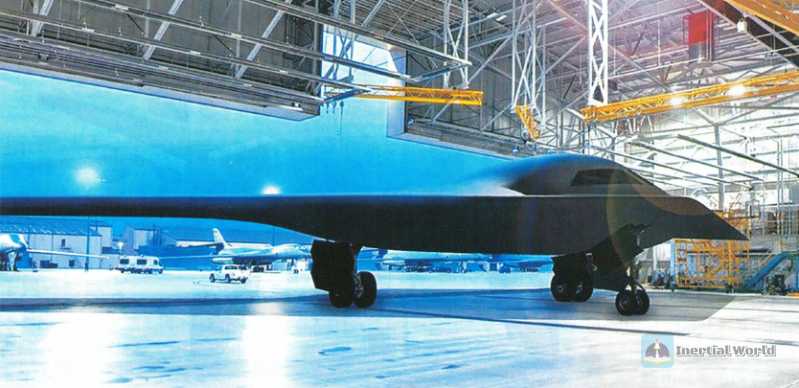
Let’s take a look at the typical tactics of the US military’s penetrating air control, which are mainly: "Protected by air superiority fighters, deep into the opponent’s airspace, hunting high-value targets such as land-based strategic ballistic missiles, early warning aircraft, and aerial refueling aircraft, and providing intelligence information support for other units in the own combat system. Through the precise and high-intensity multi-round penetrating strikes of penetrating air control fighters (PCA), ensure that the US military can quickly and effectively weaken the opponent’s anti-intervention/area denial threats, form an advantage window over the opponent within a certain time and space, and lay the foundation for subsequent large-scale penetration strikes. Once the US military succeeds in penetrating and forms an exploitable advantage window, it will quickly follow up with more resolute multi-directional and systemic penetration attack actions. At this time, the originally placed anti-intervention/area denial The US Navy and Air Force, which denies defense "outside the line", can quickly push forward. With the coordination of space, network, electromagnetic and other combat forces, they can assemble multiple carrier-based aircraft to form a joint formation, and together with surface ships, submarines, stealth bombers and other types of precision strike platforms inside and outside the defense zone, they can carry out large-scale air strikes on the opponent’s important strategic targets, so as to completely destroy the opponent’s anti-intervention area denial network, form and maintain the air advantage of free entry, free attack, free action, and free perception, and lay the foundation for seizing and maintaining the comprehensive battlefield advantage in other domains such as land, sea, and network.
It can be seen that the key to the strategic tactics of penetrating air control lies in the first "kick the door" task, that is, to use a long-range stealth air control fighter platform to penetrate deep into the defense and destroy the opponent’s key weapon systems and assets. Therefore, as long as the "three axes" of the first wave are effectively restrained and dealt with, the penetration The best way to restrain the enemy’s long-range stealth air control fighter is to send out our long-range stealth fighter platform to confront it, which is the J-20 fighter.
The J-20 fighter emphasized long-range performance at the beginning of its design. The maximum range (with auxiliary fuel tanks) is conservatively estimated to be more than 5,500 kilometers. Without auxiliary fuel tanks, the range is more than 4,000 kilometers and the combat radius is more than 2,000 kilometers. In contrast, the combat radius of the US Air Force F-35A fighter is about 1,239 kilometers, and the F-22 fighter is less than 1,000 kilometers. If the US Air Force wants to achieve penetrating air control, assuming that it carries a range of 500 to 1,000 kilometers of out-of-area strike weapons, it must strike tactical ballistic missile targets 500 kilometers inland, and it must leave enough time to stay in the mission area. The combat radius must exceed 2,500 kilometers, which means that multiple aerial refueling technologies must be used to more than double its range. Since aerial refueling can usually increase the range of a fighter by 30%, for the F-35A and F-22, it means that they need to conduct at least 4 to 6 aerial refuelings to successfully complete the penetration strike mission. The J-20, which has a longer range and internal fuel than the F-35A and F-22, has a long-range capability after using multiple aerial refueling technologies. It can use an aerial interception mounting solution to intercept the F-35A and F-22 carrying ground strike weapons at a distance. Due to the lack of ground strike weapons, the F-22 and F-35A are at a disadvantage when facing the J-20 with full air combat mountings. They are bulky and lack air-to-air missiles. Naturally, they cannot complete the so-called penetrating air control mission after being intercepted. At the same time, the long-range flight capability of the J-20 means that the J-20 does not necessarily have to directly intercept the F-35A and F-22. It can also run to the rear of the fighter through multiple refueling and use long-range air-to-air missiles to directly attack large targets such as tankers and electronic warfare aircraft that provide support for it, cutting off effective support for the fighter, so that the F-35A and F-22 not only cannot obtain long-range intelligence support, but also cannot successfully complete the task of attacking tactical ballistic missile targets, and the fuel is exhausted and faces the danger of being unable to return.
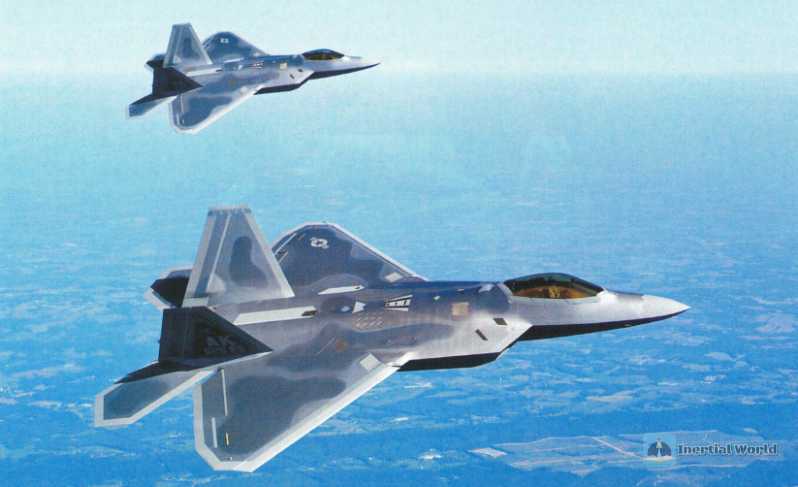
In addition to attacking high-value special aircraft of the enemy (including early warning aircraft, electronic jammers, electronic support aircraft, and tankers), the B-21 stealth bomber, which has been quickly finalized and entered the low-speed batch production stage in the United States, is also an important hunting target for the J-20. From the current perspective, since the "short legs" problem of the F-22 and F-35A is difficult to solve, the B-21 has become increasingly important in the penetrating air superiority strategy. This can be seen from the fact that the B-21 has entered small-batch and low-speed mass production at an unprecedented speed just over a year after its first flight. According to expert analysis, after the B-21 is formed, it will be deployed mainly in Guam and Hawaii. Guam in the second island chain will be used as an attack base, while Hawaii in the third island chain will be used as a backup and support base. This means that the US military has considered that the front position of the first island chain is very dangerous, and has placed the B-21 in the rear as the most reliable medium-range stealth strike force for long-range strike forces. However, if the J-20 refuels in the air many times, the range will be extended to one or two times the original maximum range, that is, the maximum combat radius will reach 5,000~6,000 kilometers, which can completely cover the Guam area. Therefore, the B-21 has been included in the J-20 hunting list, which is another major blow to the US military’s penetrating air superiority strategy.
It can be seen that the multiple aerial refueling technology has greatly expanded the combat range of the J-20, a key advanced stealth air control platform, which is equivalent to setting up a large air control network for the entire "denial/anti-intervention system", effectively ensuring the overall safety and deterrence capability of this combat system. It can be seen that the importance of the J-20’s multiple aerial refueling technology cannot be overemphasized.
As we all know, the "Wang Hai Squadron", as an ace unit with a glorious tradition in the Air Force, is the first Air Force unit to be equipped with the J-20 as a whole. It has conducted multiple aerial refueling exercises, which has a certain experimental nature and belongs to "first trial". Its formation has multiple aerial refueling capabilities, which is also an exploration and demonstration of this technology. The advanced experience and technical process specifications summarized are "valuable textbooks" for other brother units that have been equipped with the J-20. I believe that with this textbook, it will help other J-20 units in the Air Force to quickly master the multiple aerial refueling technology and quickly form combat effectiveness. Our country’s air security is more guaranteed, and every Chinese is more confident.
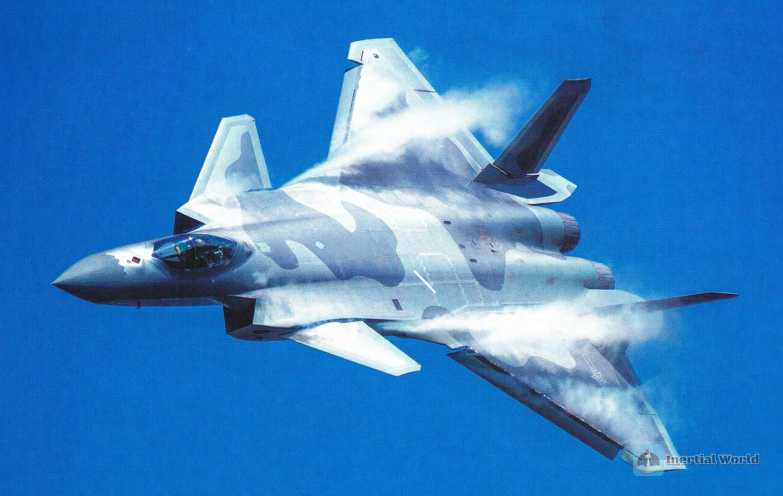
Hardware guarantee for multiple aerial refuelings of the J-20: the Y-20 aerial refueling aircraft
In the report of "CCTV Military", the other protagonist tanker of the J-20 multiple aerial refuelings was not mentioned, but needless to say, it must be the Y-20 large aerial refueling aircraft, which is the hardware guarantee for multiple aerial refuelings of the J-20.
So, does the Y-20 have the ability to refuel the J-20 multiple times in the air? According to the data disclosed at the Air Force University Aviation Open Day event, the maximum take-off weight of the Y-20 large transport aircraft is 179 tons, the maximum fuel capacity is 77.5 tons, and the maximum load is 55 tons. The Y-20 is developed based on the Y-20, and the fuel capacity of the fuselage should be the same or more. At the same time, we boldly speculate that the method of modifying the Y-20 to increase the fuel capacity is the same as that of the Il-78 series aerial refueling aircraft, that is, installing aviation fuel tanks in the cabin to increase the fuel capacity. According to the fuel modification method of the Il-78M, two 18-ton fuel tanks can be installed in the cargo hold of the Y-20, so that the maximum fuel capacity of the Y-20 can reach 113.5 tons. According to the data disclosed on the official website of the Ilyushin Design Bureau, the maximum fuel supply of the Il-78M is 69.2 tons when the aerial refueling radius is 1,000 kilometers, 50 tons when the refueling radius is 2,000 kilometers, and the maximum fuel supply is 20.7 tons when the refueling radius is 3,500 kilometers. Based on this conservative estimate, the maximum fuel supply of the Y-20 is about 90 tons when the refueling radius is 1,000 kilometers, and the maximum fuel supply is about 70 tons when the refueling radius is 2,000 kilometers. At 3,500 kilometers, it can still guarantee a maximum fuel supply of about 41.5 tons, which is enough to fill four sorties of J-11 series fighter jets. This is very remarkable.
There is no authoritative public data on the internal fuel volume of the J-20, but according to Jane’s Defense Weekly, the internal fuel volume of the J-20 should reach 11.6 tons, which is the largest among fighter jets in the world today. If the Y-20 is used for aerial refueling, it can still guarantee one aerial refueling mission for four J-20s (a standard tactical flight formation) in the middle area of the first and second island chains 3,000 kilometers away from the land. If multiple aerial refueling missions are carried out, the J-20 can easily complete the air control and counterattack missions to the second island chain Guam.
It is worth noting that the Y-20 has begun to be replaced with the upgraded WS-20 high bypass ratio turbofan engine. This new tanker is called the Y-20A. According to Jane’s Defense Weekly, the maximum load of the Y-20A will reach 66 tons, 20% more than the Y-20, and the maximum take-off weight will reach the 220 tons proposed in the initial design. In this way, it is estimated that the Y-20A can carry 107.5 tons of fuel. If two 18-ton fuel tanks are installed in the fuselage like the Il-78, the maximum fuel capacity can reach 143.5 tons. At a refueling radius of 3,500 kilometers, at least 50 tons of fuel can be maintained, and 5 J-20s can be refueled in the air.
Speaking of the choice of refueling technology and methods, the hose refueling method should be selected at present. This is the refueling and receiving combination technology that has been verified on the Y-20 and J-20. It is highly reliable and has a high mastery rate in the army. Basically, all active air force fighter pilots have mastered the hose refueling and receiving technology. Hose refueling technology has its advantages. When this method is used for aerial refueling, the equipment of the receiving aircraft is very simple. It only needs to install a fixed or retractable refueling pipe on the nose or the leading edge of the wing. The refueling equipment of the tanker consists of a winch, a 22 to 30-meter-long hose and a funnel-type cone sleeve. When the refueling pipe is extended into the cone, the mechanism on the cone automatically locks the refueling pipe mouth to connect it with the oil delivery hose, and the hose is released and recovered by the winch. The hose refueling has been gradually improved and its performance has been continuously improved. Using hose refueling, a large tanker can be equipped with several sets of refueling equipment, and several fighters can be refueled at the same time. Since there is relative movement between the tanker and the receiving aircraft, the connection with a flexible hose is safe. It can be modified on different aircraft models and has a wide range of applicable speeds.
Of course, hose refueling also has weaknesses, such as slow refueling speed and long time. For a fighter like the J-20, it takes 5 to 10 minutes to refuel three aircraft at the same time. Precious time on the battlefield is enough to determine the success or failure of a war. For this reason, is it necessary to adopt a more efficient hard-tube refueling method that only takes 1 to 2 minutes to complete the refueling task for a fighter? This needs to be demonstrated and discussed.
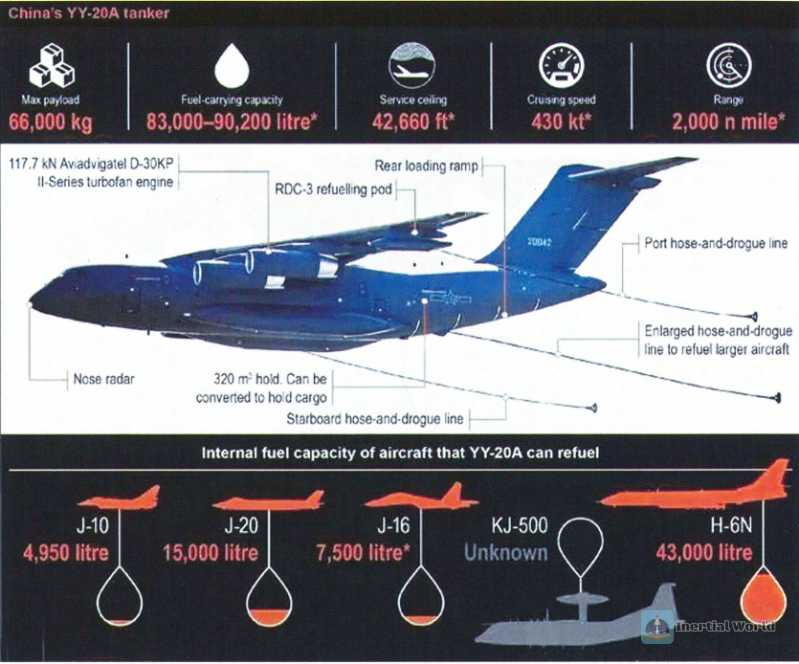
Behind the J-20 aerial refueling is the improvement of the construction of the Air Force command system
The tanker has repeatedly refueled fighter fleets in the air. There are two main ways. The first is the accompanying aerial refueling. The most recent very typical accompanying aerial refueling occurred on February 10, 2024. The Air Force’s August 1st Flying Demonstration Team, which had just completed the second Saudi International Defense Exhibition, flew 7 J-10 performance aircraft to a certain airport in western China with the support of the Y-20. This is the first time that the Chinese Air Force has taken a one-stop direct flight to and from a foreign airport under the support of the Y-20. On the morning of February 10, local time, the performance team took off from Riyadh and set off for home with the support of the Y-20, and arrived at a certain airport in western China at about 18:00 Beijing time. This voyage has a one-way range of more than 4,000 kilometers. The Y-20 can meet the aerial refueling needs of 7 fighters flying 4,000 kilometers in one flight, which reflects its advantages of long range and large fuel load. This accompanying refueling method is more suitable for long-distance transfer flights outside the war zone.
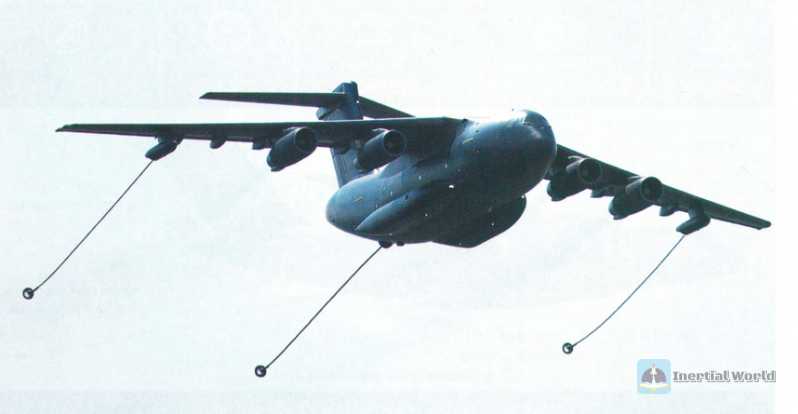
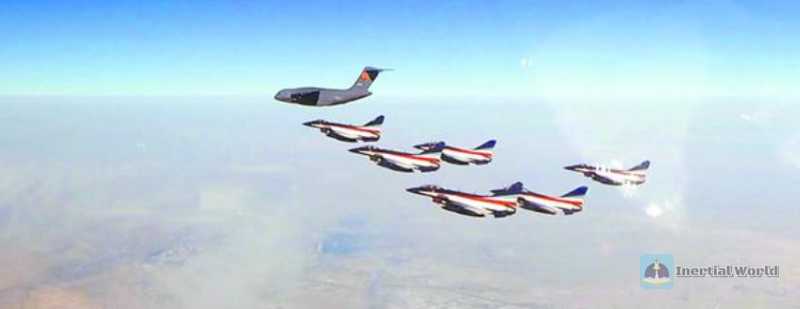
The second is the fixed-point area refueling method, which is more suitable for use in combat areas. In this way, the aerial refueling aircraft is pre-assigned to several fixed refueling areas. The fighters on the mission enter the closest and most suitable refueling area according to their area and commander’s arrangement, and merge with the tanker for refueling operations. After the operation is completed, the two are separated. This method is mainly to place the tanker, a vulnerable special aircraft asset, in a safer area to avoid losses in the war zone.
But the above two methods do not seem to be suitable for the J-20 fighter jet that is confronting the penetrating air control strategy. When the J-20 is performing a deep attack mission, it is always in the opponent’s combat airspace and is not suitable for conventional large tankers to support it. First, the target is too large, and second, refueling close to the front line is risky - we want to hunt the enemy’s tanker, and our own tanker is also the enemy’s target. In this case, the first is to consider developing a partner refueling kit for the J-20, using partner refueling to refuel the J-20, and the second is to consider developing an unmanned stealth tanker to refuel the J-20 in dangerous areas of the war zone.
The third way is to use a powerful integrated reconnaissance and battlefield intelligence system to monitor the battlefield and update the battlefield situation at all times, and adopt an improved fixed-point area refueling method, that is, to change the refueling area in time according to the threat situation. For example, if a certain time window in area A is high-risk, it is not suitable for refueling there. If the time window in area B is low-risk at this time, the tanker can move to area B with the fighter for refueling. This method can be called dynamic area refueling, which is currently the most suitable refueling method for the J-20 long-range assault, but it places extremely high demands on battlefield intelligence reconnaissance and situational awareness.


